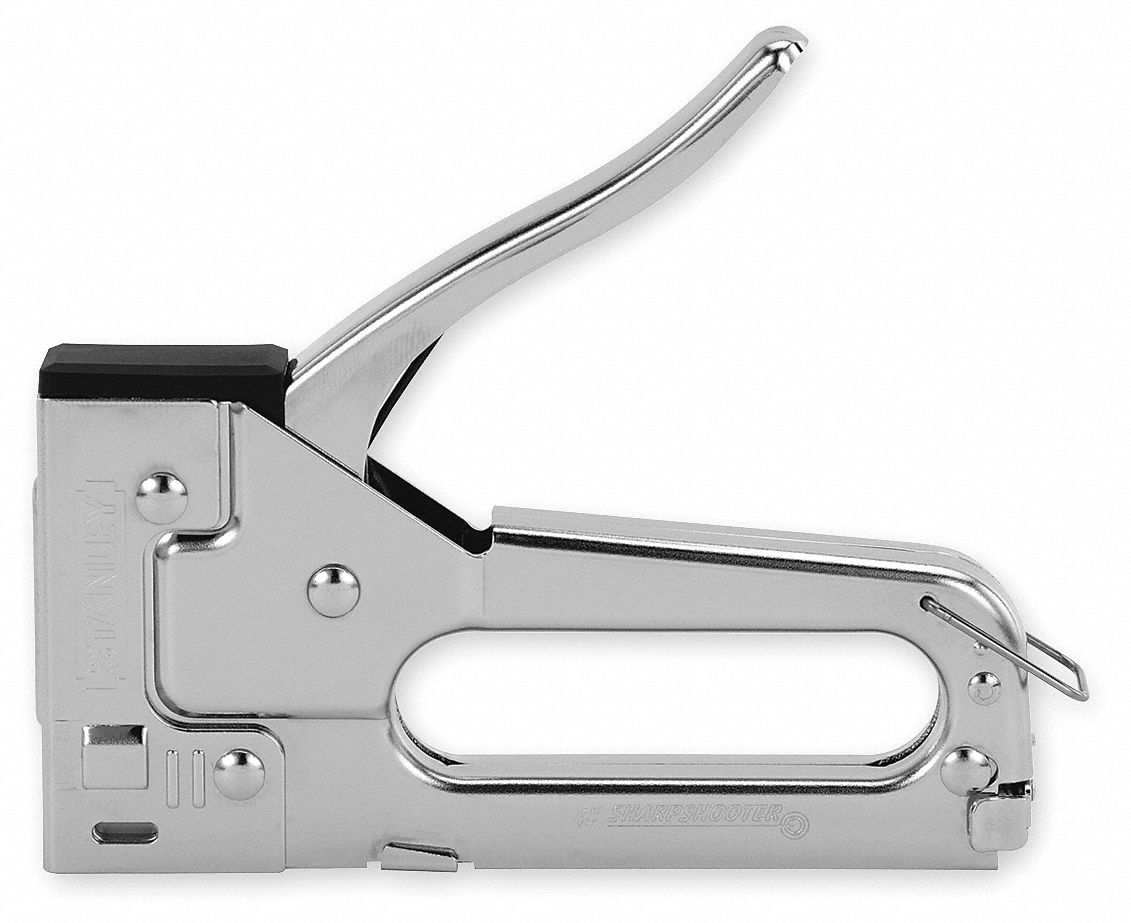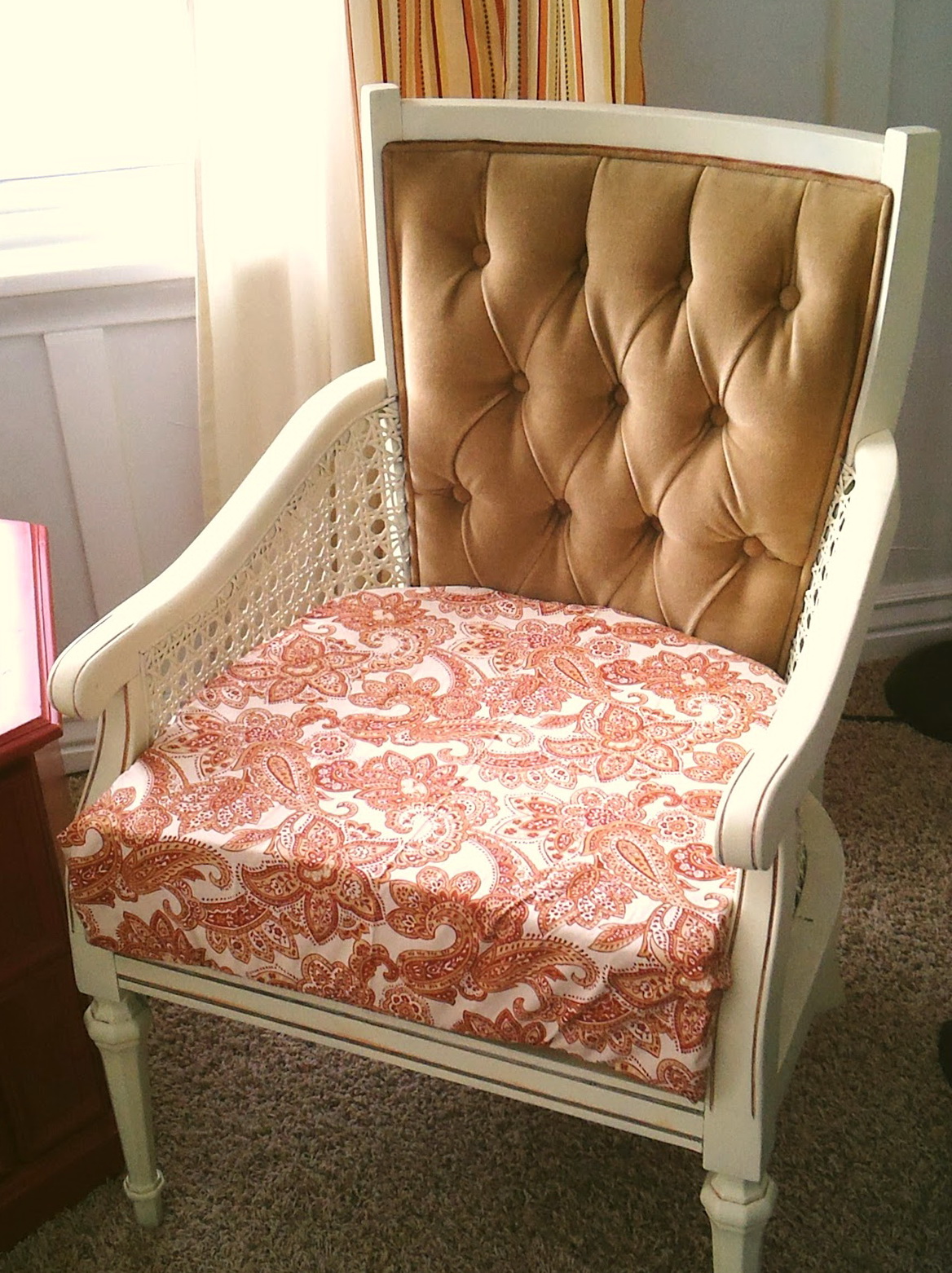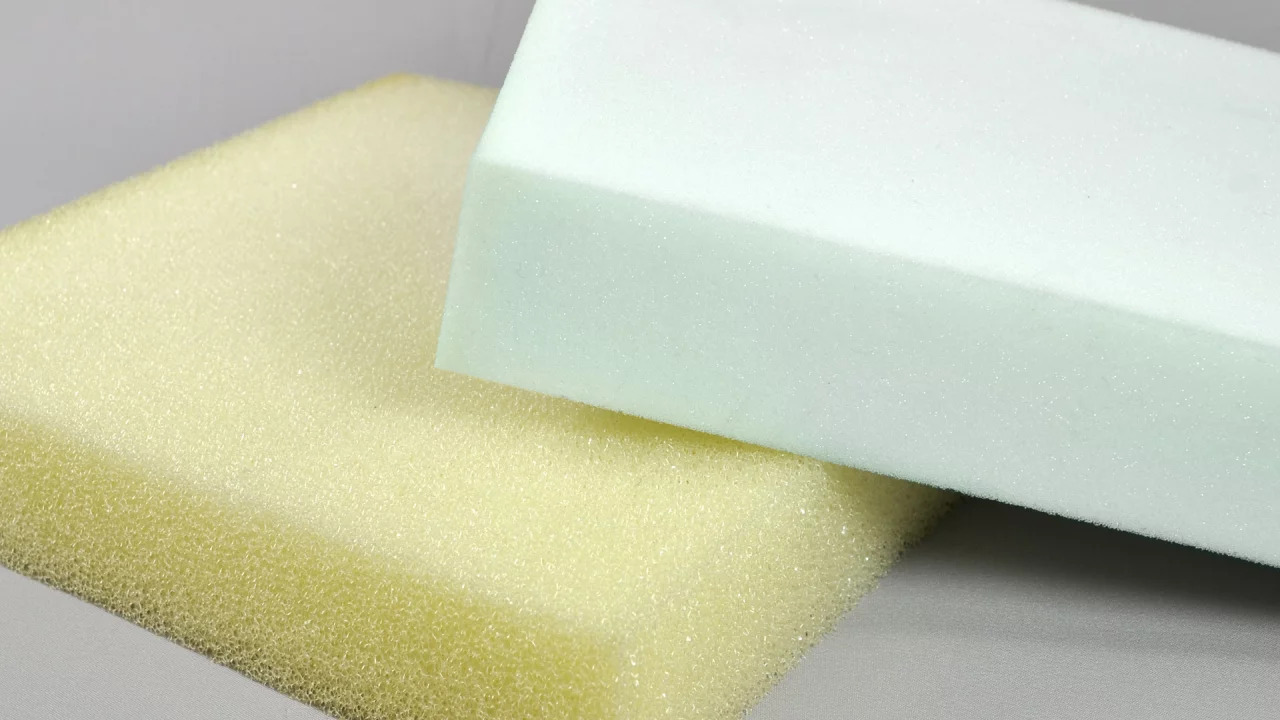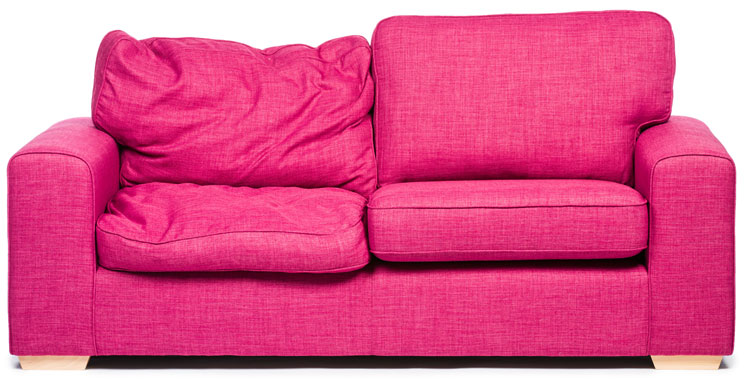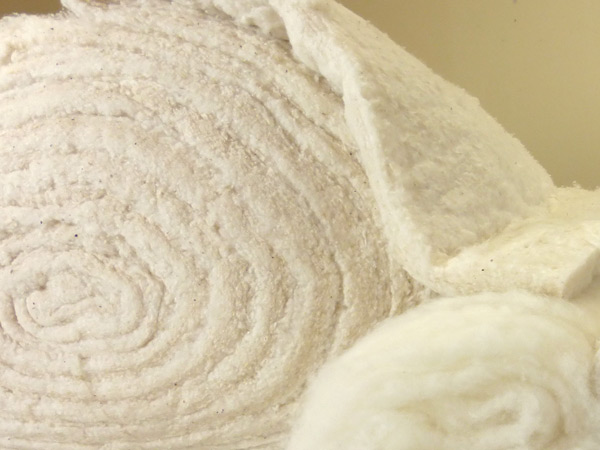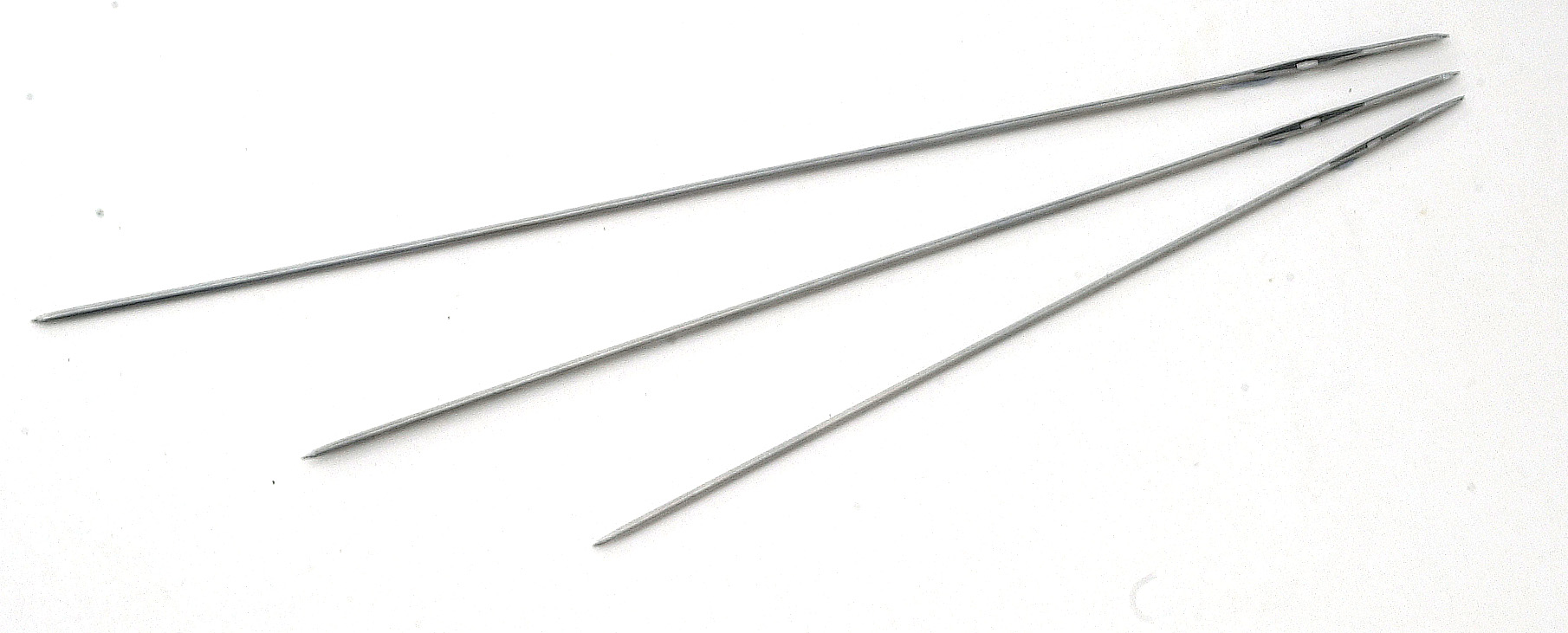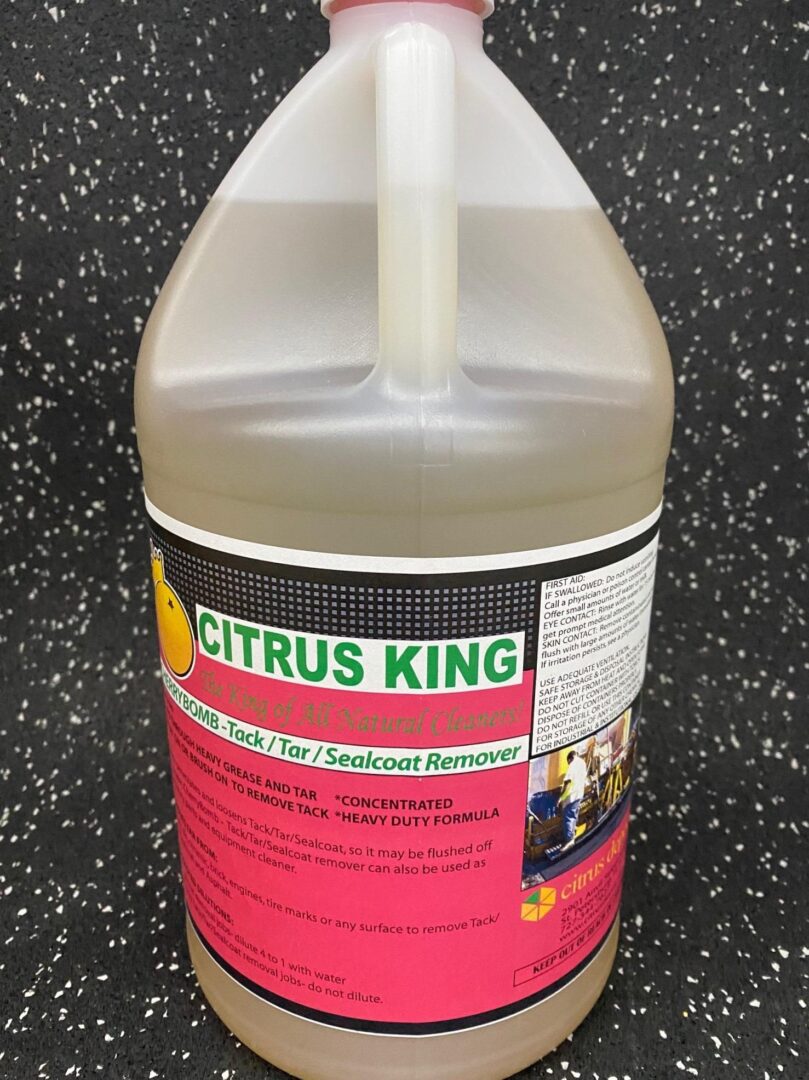Upholstery Fabric
One of the most important materials needed for reupholstering a dining room chair is the upholstery fabric. This is the outer layer of the chair that provides both aesthetic appeal and durability. When choosing upholstery fabric, it is important to consider the style of the chair, the color scheme of the room, and the level of durability needed. Some popular choices for upholstery fabric include linen, velvet, leather, and cotton. It is also important to make sure that the fabric is thick enough to withstand wear and tear, but not too thick that it becomes difficult to work with.
Staple Gun
A staple gun is an essential tool for any reupholstering project. It is used to secure the fabric to the chair frame, ensuring a tight and neat finish. When choosing a staple gun, opt for one with a heavy-duty construction and adjustable power settings. This will allow you to work with different types of fabric and ensure that the staples are securely in place. It is also recommended to have extra staples on hand in case you need to re-staple any areas.
Upholstery Foam
The foam used in reupholstering a dining room chair is what provides comfort and support when sitting. It is important to choose high-density foam that can withstand daily use and retain its shape. The thickness of the foam will depend on personal preference, but it is recommended to have a minimum of 1 inch of foam for optimal comfort. It is also important to accurately measure and cut the foam to fit the chair frame before attaching the fabric.
Upholstery Batting
Upholstery batting is a thin layer of material that is placed on top of the foam and underneath the fabric. It helps to smooth out any imperfections in the foam and provides a soft and even surface for the fabric to be attached to. Cotton batting is a popular choice as it is soft and easy to work with. It is important to make sure the batting is smooth and free of wrinkles before attaching the fabric.
Upholstery Needles
Upholstery needles are specifically designed for use in reupholstering projects. They are longer and thicker than regular sewing needles, making it easier to work with thicker fabrics and layers. Curved upholstery needles are also available, which can be helpful when working on curved or hard-to-reach areas of the chair. It is recommended to have a variety of needle sizes on hand to accommodate different types of fabric.
Upholstery Thread
Upholstery thread is a heavy-duty thread that is designed to withstand the weight and stress of everyday use. It is typically made from nylon or polyester and is much thicker than regular sewing thread. It is important to choose a thread color that matches or complements the fabric for a seamless finish.
Scissors
A quality pair of scissors is essential for any reupholstering project. They are used to cut the fabric, foam, and batting to the correct size and shape. Sharp, serrated scissors are recommended for cutting through thicker materials. It is also helpful to have smaller scissors on hand for more detailed work and trimming any excess fabric.
Pliers
Pliers are a useful tool for removing old staples and tacks from the chair frame. They provide a strong grip and make it easier to pull out the staples without damaging the wood. Needle nose pliers are especially helpful for reaching tight or awkward spaces. It is important to use caution when using pliers to avoid any injury.
Tack Remover
A tack remover, also known as a tack lifter, is a small tool with a flat end that is used to remove tacks and staples from the chair frame. It is especially useful for removing stubborn or hard-to-reach staples. Choose a tack remover with a comfortable grip for easier use. It is important to work slowly and carefully when using a tack remover to avoid damaging the wood or injuring yourself.
Upholstery Trim
Upholstery trim is the finishing touch for reupholstering a dining room chair. It is used to cover any exposed staples or tacks and gives the chair a polished and professional look. There are many different types of trim available, such as gimp, braided trim, and nailhead trim. It is important to choose a trim that complements the fabric and style of the chair for a cohesive look.
The Importance of Quality Materials for Reupholstering Dining Room Chairs

Why Reupholstering Matters
 Reupholstering a dining room chair can completely transform its appearance and bring new life to an old piece of furniture. Whether you are updating your dining room decor or simply want to restore a beloved family heirloom, reupholstering is a cost-effective and environmentally-friendly way to achieve your desired look. However, the success of your reupholstering project heavily relies on the materials you choose. Using high-quality materials will not only ensure a professional and polished finish, but also increase the longevity of your newly reupholstered dining room chairs.
Reupholstering a dining room chair can completely transform its appearance and bring new life to an old piece of furniture. Whether you are updating your dining room decor or simply want to restore a beloved family heirloom, reupholstering is a cost-effective and environmentally-friendly way to achieve your desired look. However, the success of your reupholstering project heavily relies on the materials you choose. Using high-quality materials will not only ensure a professional and polished finish, but also increase the longevity of your newly reupholstered dining room chairs.
Choosing the Right Fabric
 When it comes to reupholstering, the fabric is the most important material to consider. Not only does it determine the overall look and feel of your dining room chairs, but it also needs to be durable enough to withstand everyday use.
High-quality fabric
such as
linen, cotton, and velvet
are great options for dining room chairs as they are both stylish and durable. Avoid using cheap or flimsy fabrics, as they will not hold up well over time and may need to be replaced sooner than expected.
When it comes to reupholstering, the fabric is the most important material to consider. Not only does it determine the overall look and feel of your dining room chairs, but it also needs to be durable enough to withstand everyday use.
High-quality fabric
such as
linen, cotton, and velvet
are great options for dining room chairs as they are both stylish and durable. Avoid using cheap or flimsy fabrics, as they will not hold up well over time and may need to be replaced sooner than expected.
Don't Skimp on the Foam
 The foam used for the cushioning of your dining room chairs is just as important as the fabric.
High-density foam
is recommended for dining room chairs as it provides comfort and support, ensuring that your chairs will remain comfortable for years to come. Avoid using low-density foam, as it will quickly lose its shape and result in a lumpy and uncomfortable seat.
The foam used for the cushioning of your dining room chairs is just as important as the fabric.
High-density foam
is recommended for dining room chairs as it provides comfort and support, ensuring that your chairs will remain comfortable for years to come. Avoid using low-density foam, as it will quickly lose its shape and result in a lumpy and uncomfortable seat.
Other Essential Materials
 Aside from fabric and foam, there are a few other materials needed for reupholstering dining room chairs. This includes a staple gun, scissors, and a sewing machine. It is important to invest in a good quality staple gun to ensure that the fabric is securely attached to the chair frame. Sharp scissors will make cutting the fabric a breeze, and a sewing machine will come in handy for any necessary sewing and hemming.
Aside from fabric and foam, there are a few other materials needed for reupholstering dining room chairs. This includes a staple gun, scissors, and a sewing machine. It is important to invest in a good quality staple gun to ensure that the fabric is securely attached to the chair frame. Sharp scissors will make cutting the fabric a breeze, and a sewing machine will come in handy for any necessary sewing and hemming.
Final Thoughts
 Reupholstering dining room chairs is a fun and rewarding DIY project, but it is crucial to use high-quality materials to achieve the best results. By investing in top-notch fabric, foam, and tools, you can transform your dining room chairs into beautiful and durable pieces of furniture that will stand the test of time. So, before you start your reupholstering project,
be sure to carefully choose your materials and never skimp on quality
.
Reupholstering dining room chairs is a fun and rewarding DIY project, but it is crucial to use high-quality materials to achieve the best results. By investing in top-notch fabric, foam, and tools, you can transform your dining room chairs into beautiful and durable pieces of furniture that will stand the test of time. So, before you start your reupholstering project,
be sure to carefully choose your materials and never skimp on quality
.


















